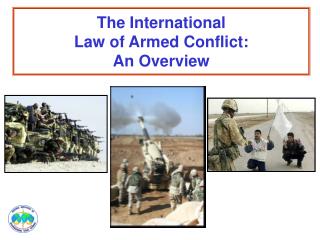


This book quantifies international organizations’ affiliation with particular values in their constitutions, like cooperation, peace and equality. Throughout the book detailed reference is made not only to the UN Convention on the Law of the Sea, but also to other relevant instruments, the burgeoning case law of international courts and tribunals, and the academic literature. The final chapter outlines the various ways in which maritime disputes may be settled. The penultimate chapter addresses the question of landlocked States and the sea. Later chapters discuss how international law regulates the safety of navigation, fisheries and scientific research, and provides for protection of the marine environment from pollution and biodiversity loss. Separate chapters deal with the baselines from which the breadths of most maritime zones are delineated and the law governing the delimitation of boundaries between overlapping maritime zones. In each case the legal nature of the zone and its physical dimensions are analysed. This is followed by chapters examining the various maritime zones into which the sea is legally divided, namely internal waters, the territorial sea, archipelagic waters, the contiguous zone, the continental shelf, the exclusive economic zone, the high seas and the International Seabed Area. It begins by tracing the historical origins of the law of the sea and explaining its sources, notably the 1982 UN Convention on the Law of the Sea. The law of the sea is an up-to-date and comprehensive treatment of this branch of public international law.

This text raises questions concerning the appropriate theoretical tools for analysing European integration. It investigates the birth of EU sports law and policy by examining the impact of the Bosman ruling and other important European Court of Justice decisions, the relationship between sport and EU competition law, focusing particularly on the broadcasting of sport, the organization of sport and the international transfer system, and the relationship between sport and the EU Treaty, focusing in particular on the impact of the Amsterdam and Nice declarations on sport and the significance of the Helsinki report on sport. Can regulation at the EU level reconcile this tension? Adopting a distinctive legal and political analysis, this book argues that the EU is receptive to the claim of sport for special treatment before the law. Yet sport is not only a business, it is a social and cultural activity. The development of the European Union (EU) and the internationalization of sporting competition have added an international dimension to this debate. The increasing commercialisation of sport raises important questions concerning regulation.


 0 kommentar(er)
0 kommentar(er)
